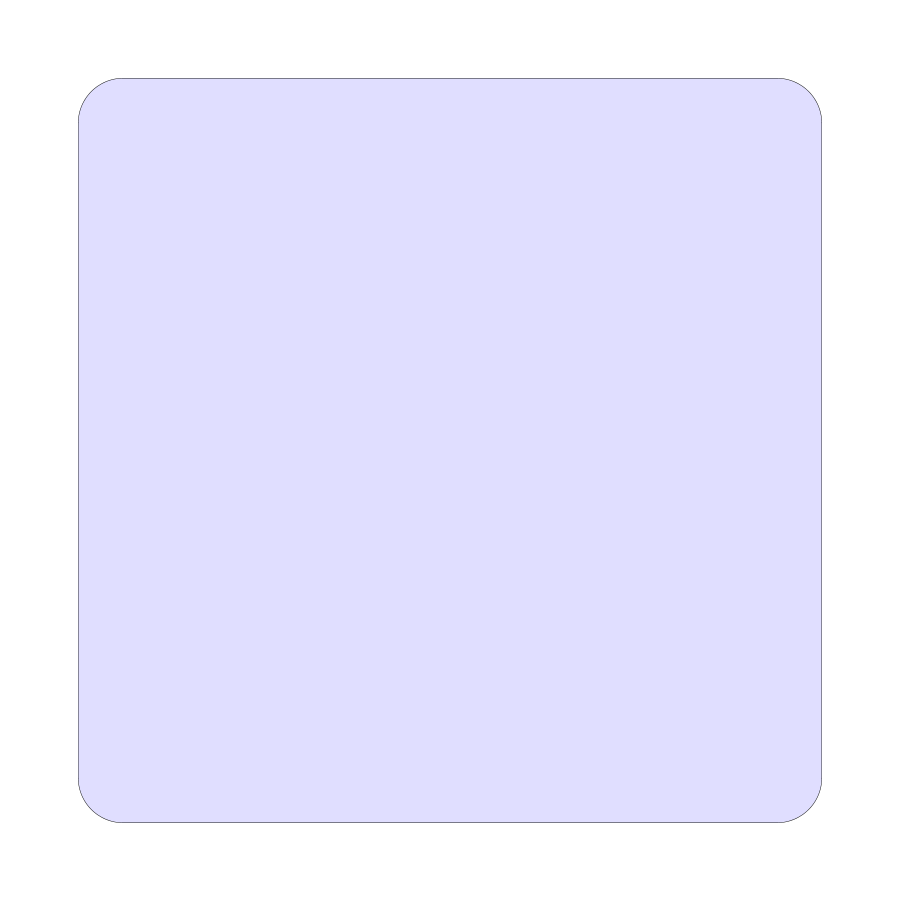Foundations of Google Ads
In this section, I will explore the fundamental aspects that have shaped Google Ads since its inception. Understanding these foundations provides clarity on how the platform operates and why certain principles remain constant.
The Core Principles of Google Ads
The core principles of Google Ads focus on connecting advertisers with users through relevant advertising. At its heart, Google Ads operates on a pay-per-click (PPC) model. This model ensures that advertisers only pay when users click on their ads.
Ad relevance is crucial, as it determines how often users see an ad. Google utilizes a Quality Score to assess this relevance. Factors such as keyword relevance, ad text, and landing page quality contribute to this score. Higher Quality Scores often result in lower costs per click and better ad positions.
Ad targeting allows businesses to reach specific audiences based on demographics, interests, and behaviors. This precise targeting enhances the user experience on the Google Search platform, ensuring that users find ads more appealing and useful.
Ad Auction and Ranking Mechanics
The Ad Auction system is a key mechanism in Google Ads that decides which ads appear in search results and their order. This process begins when a user conducts a search.
In this auction, advertisers place bids on specific keywords. However, the bid alone does not guarantee a top ad position. Ad Rank is calculated by combining the bid with the Quality Score.
Factors influencing Ad Rank include ad relevance, expected click-through rate, and the anticipated performance of the ad. Google continually updates its algorithms to refine these ranking mechanics, ensuring a better fit for user intent.
Broad match modifiers and close variants enhance targeting, allowing advertisers to capture a range of related searches. These features lead to a more effective digital marketing strategy, ensuring ads are shown to users likely to convert.
Ad Formats and Changes
The way Google Ads presents advertising has changed significantly but still focuses on user satisfaction. I will explore how ad formats have evolved over time, their response to user behavior, and the development of specific types of ads.
Evolution from Text to Display Ads
Initially, Google Ads started with simple text ads. These ads were straightforward and focused on clear messaging to attract clicks. As online advertising grew, I noticed the introduction of display ads. These ads use images and graphics, making them more visually appealing.
Display ads allow brands to engage users better. Their design can showcase products, enhancing user experience. This evolution reflects the demand for more engaging content in a crowded digital space. Now, advertisers can use various formats, including expanded text ads and responsive search ads, which adapt to user preferences.
Adaptations in Response to User Behavior
Google Ads has continually adapted to changes in user behavior. Over the years, I have seen how data-driven insights have played a crucial role. Google tracks user interactions and preferences, allowing advertisers to tailor their campaigns effectively.
The shift to more personalized ads is a direct result of this adaptation. Ads are now targeted based on individual interests and online behavior, which enhances engagement. This focus on user experience has led to higher click-through rates and conversions. Understanding what users want makes advertising more effective.
Development of Shopping and Video Ads
The rise of e-commerce brought about the creation of Google Shopping ads. These ads enable users to browse products directly from search results. They provide key information, like prices and images, helping users make informed decisions quickly.
On the other hand, video advertising has exploded in popularity, especially on platforms like YouTube. I have seen brands increasingly using video to tell stories and showcase products. Engaging video content keeps users interested while promoting brand awareness. The development of these ad formats shows Google’s commitment to meeting the evolving needs of both advertisers and users.
Innovation and Expansion
In recent years, Google Ads has seen significant innovation and expansion. This transformation has been driven by advancements in technology and a focus on enhancing user experience. Key areas of change include automation, integration with other Google services, and future-oriented strategies.
Leveraging Automation and Machine Learning
I have observed how automation and machine learning have become central to Google Ads. Features like smart bidding use algorithms to optimize ad placements and budgets in real-time. This technology helps advertisers achieve better performance while reducing manual effort.
Conversion tracking has improved dramatically. With tools like Google Analytics, I can measure ad effectiveness and ensure that my campaigns are targeting the right audiences. Enhanced campaigns allow for optimal management across devices, adapting bids automatically based on user behaviors.
The Integration with Other Google Services
The integration of Google Ads with other services reflects its growth. For example, linking Google Ads with Google Shopping enables advertisers to showcase their products directly in search results. This not only enhances visibility but also drives more traffic to my online store.
Additionally, services like Gmail, Discover, and Google Maps have become vital advertising platforms. This broadens my reach and allows for more personalized advertising strategies. Custom intent audiences enable me to target users based on their search interests, maximizing the relevance of my ads.
Anticipating and Shaping the Future
Looking ahead, Google Ads continues to anticipate trends in digital marketing. I see a focus on user privacy shaping future innovations. With tools built around privacy-centric advertising, I can still reach my target audience without compromising user information.
Campaigns like Performance Max are designed to streamline advertising efforts across multiple platforms. These initiatives indicate a shift towards comprehensive solutions that drive better results while simplifying the process. Integrating these changes supports smoother operations for advertisers like me, staying relevant in a fast-evolving market.
I’m Cartez Augustus, a content creator based in Houston, Texas. Recently, I’ve been delving into different content marketing niches to achieve significant website growth. I enjoy experimenting with AI, SEO, and PPC. Creating content has been an exciting journey, enabling me to connect with individuals who possess a wealth of knowledge in these fields.
